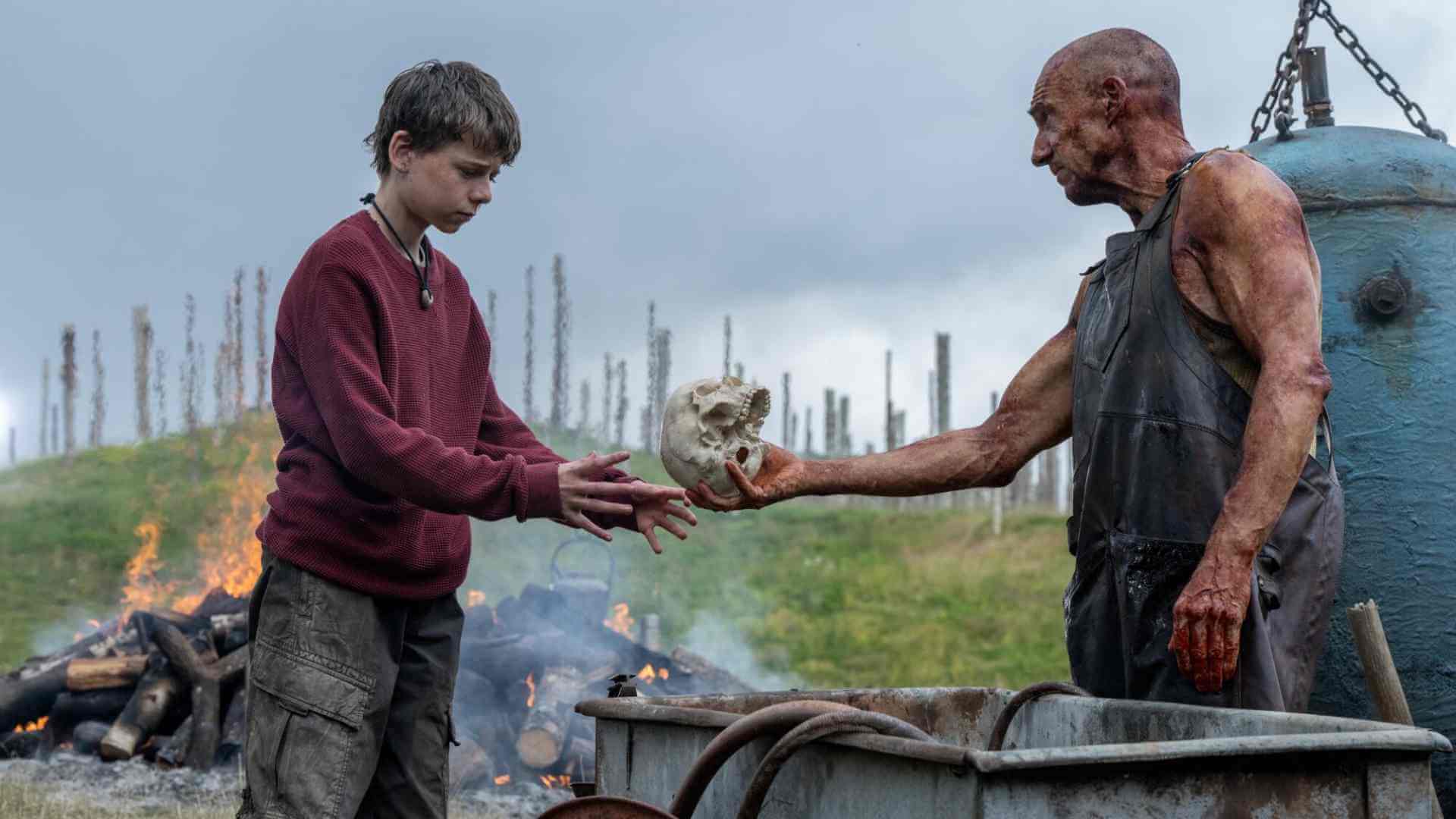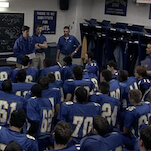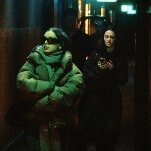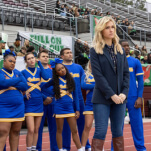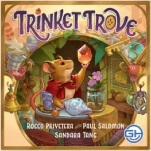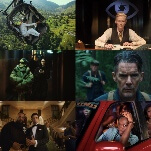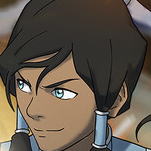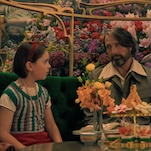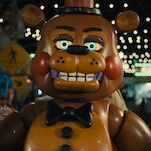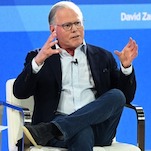Like any country rigidly divided by wealth and marginalization, there was no essential experience of the COVID-19 pandemic in Great Britain. Instead, there was a fiercely felt mass of contradictions—a projection of stiff-upper-lip and chummy camaraderie (or “Blitz spirit”), but also the insistence of individualism in direct defiance to community policy. Why should we care about our fellow humans when our entire history, culture, and mythos is based on the comfort of feeling more legitimate than those less fortunate?
Leading up to the pandemic, Britain had experienced recent waves of polarization, ranging from the cynical and misinformation-filled campaign to leave the European Union in 2016 to the media-aided sabotage of left-wing politicians leading up to the 2019 election. When COVID hit, millions got sick and hundreds of thousands died, mostly sequestered away from loved ones, while some of those in power made themselves fabulously, criminally wealthy. This was not unique to Britain—so much of world politics today is driven by the question “How many people can we get away with dying?”—but as a nation that fetishizes belonging to a commonfolk even while it rejects actual community (not to mention non-conformers), what emerged from the worst days of the pandemic was a manufactured mindset of “hardship positivity” that let its subscribers put themselves and those aligned with their individualism above the safety of others. This is the world that 28 Years Later takes place in, where those who remain are obsessed with survival, but mainly in terms of keeping their ideology intact and unchallenged, rather than confronting what it means to survive in a fraught and violent world. The New Brits of 28 Years Later think they will only prosper if they refuse to yield.
The British survivors of the 28-year-running “Rage Virus” have responded to their fear of death with a literal island fortress, the boundaries of which insist their strength but deny weakness or infection the chance to enter. Off the coast of Northumberland on the tidal island of Lindisfarne (also known as “Holy Island”), an isolationist community enjoys the sanctity of a traditional, structured English life. Schoolchildren learn the Anglican hymn “Abide With Me” (making a repeat appearance from a devastating scene in 28 Days Later), men are expected to live up to their gendered social role (hunters, protectors), and pictures of Queen Elizabeth II mount the church hall walls. Everything seems to be functioning well—everyone seems to have a baseline happiness, sustenance, and safety—but the undercurrent of Blitz spirit complicates the vitality of Holy Island. What roles are the young implicitly expected to fulfill? What type of troubling behavior is encouraged to keep the island safe and uncompromised? What does it mean to be sick in a community of ideological vitality?
The hanging, centerframe pictures of Britain’s late monarch (textured with the the ugly crispness of an iPhone camera) are part of director Danny Boyle and screenwriter Alex Garland’s vision of Britain’s alternate present. Presumably the Queen is long dead in 2030, but it’s not like kings or queens matter to a zombie-infested world other than as pure symbolism of order, culture, and belonging. We don’t know how Elizabeth II died in 28 Years Later‘s history, but we know that whatever institutional power and significance the head of state had in 2002 was rendered immediately, hysterically moot. One of the reasons that the third act of Boyle’s original film, where a British army major (Christopher Eccleston) takes residence with his soldiers in a country manor, is so thorny and striking is because the film establishes in its opening minutes that there is no society left to enforce. Britain will always react to its fading internal and international authority by insisting that symbols and hierarchies are meaningful tools by which to live.
While young men typically begin their mainland hunting in mid-teens in Lindisfarne, Spike (Alfie Williams) is taken by his father Jamie (Aaron Taylor-Johnson) on his first hunt at only 12 years old—perhaps because he’s worried his son is becoming too soft with concern for his sick, bedbound mother Isla (Jodie Comer). The mainland is full of artifacts of an ossified Britain: Samson the “Alpha” zombie (Chi Lewis-Parry) summons a wave of Infected in front of the historic Sycamore Gap tree, which was illegally felled in 2023 but stands tall in the Infected’s world; its impressive silhouette feels like a symbolic passing of the torch from a world of human value to a new anthropological, quasi-folk horror hierarchy. In the film’s final scene, Jack O’Connell appears dressed and styled like the infamous children’s presenter and child predator Sir Jimmy Savile. Savile’s crimes weren’t exposed (or believed) until his death in 2011, meaning that in 2030 he’s probably faded to being a half-remembered image. (Except we know from the opening scene that “Sir Jimmy Crystal” (O’Connell) was a child in the Scottish Highlands when the Rage Virus hit, and Boyle and Garland are tapping into Savile’s history with the region—that is to say, it’s very likely Sir Jimmy and his uniformed acolytes are aware of Savile’s crimes.)
28 Years Later is pointedly reflective on the changing face and soul of Britain since the first film, literalizing its commentary in the characters and dialogue. “The more you kill, the easier it gets,” says Jamie, but the film’s tagline—”Time didn’t heal anything”—points to how the film undermines the certainty of Jamie’s mantra. 28 Years Later‘s themes are embedded in its formal vision: the all-iPhone cinematography gives the scenes on Lindisfarne an immediate, claustrophobic edge contrasted with the lush greens of the mainland, charged with uncertain and naturalized danger. The 1915 recording of Rudyard Kipling’s poem “Boots” that haunted us from the first trailer appears in the film amongst Young Fathers’ transgressive and energetic score to showcase the rigorous borders and rituals of Holy Island. As if this interplay of image and sound wasn’t evocative enough, Boyle splices in technicolor snippets from the battle scenes of Laurence Olivier’s Henry V. The Shakespearean king’s campaign against the French is the setting of the famous St. Crispin’s Day speech, a rousing and national call to arms that has taken a mythic quality in the centuries since it was first penned.
The mix of Henry V‘s bright hues, fractured and disorienting cellphone footage of an anti-zombie stronghold, and a nightmarish remix of a poem expressing the repetition (and by extension, the psychic damage) of a Boer War infantryman, the Holy Island community is distilled down to a familiar blend of contradictions: the spiritual glory of English victory, the mental and physical rigor needed to keep it pure, and the fact that the fear of losing both will drive you to violence and/or insanity. Myth has been confused and eroded in 28 Years Later, and it makes for a clear reflection of post-pandemic Britain. Symbols of resolve, strength, and providence feel nakedly hollow and damaging after a unilateral health crisis that spun many towards territorial, self-preserving fascism in order to avoid giving up the myth of sovereign independence.
The second half of 28 Years Later is more open and inquisitive than the first, leading the mother and son outsiders (Spike because of his empathy, Isla because of her illness) towards the No Man’s Land of Dr. Kelson (Ralph Fiennes), a bald, iodine-stained doctor. Kelson has become a boogeyman to the Holy Island devotees since they witnessed him burning dead bodies laid out in clean, ordered lines on the mainland. He and his tall, conical monument of bleached human skulls turn out to be refreshingly sensitive and level-headed; his bedside manner is jovial and frank, and espouses a philosophy that says accepting death is our only key to growth, change, and love. It’s a starkly different methodology of survival than Spike experienced back home—instead of preserving an image of British pride and purity, Kelson implores Spike to remember we must die (“memento mori”), a mantra mirrored by the instruction to “remember we must love.” Compassion, not rage—and not social ossification at the altar of manufactured British ideals—becomes the new tool of survival.
Accepting how death makes us human is a radical idea to the conservative British mind, so obsessed is it with the legacy and longevity of tradition. People can die on their streets, in mold-infested and unheated homes, in understaffed wards, and in countries far across the world at the hands of their weapons, so long that none of that horror forces the British to compromise their happiness, their livelihood, their will.
28 Years Later is a cynical film—not just a diagnosis of a decoherent society, but a provocative and unpleasant dive into our willingness to accept barbarity to survive. Danny Boyle is now 68. Alex Garland is 55. Deep into middle age, the artists seem less incensed and excited by the prospect of violent disorder now that we can see it reflected in our institutions, communities, and governments. Of course Holy Island is scared of Kelson’s tower of skulls. They can only interpret it as a war monument, a sacrilegious flaunting of violent dominance. They aren’t just obsessed with death, they’re revulsed by it. 28 Years Later gives its young survivor the tonic to this alienating morbid obsession, letting Spike see death not as an assassin infiltrating our fortress mentality, but a natural companion who gives the survival of his fellow humans a more potent and spiritual meaning than national myth ever could.
